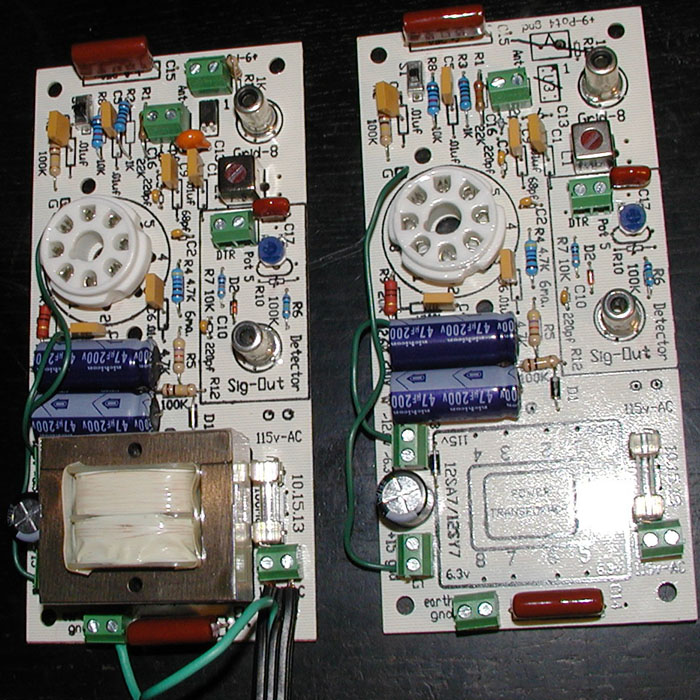Hey all!
Apologies for the basic questions but I’m very new to theremins. To cut a long story short, I want to build a sort of moving sculpture, with a miniature theremin as part of it to be activated and played by other parts… so my questions are:
1) what would work instead of a person’s hands to manipulate the sound of the theremin? The sculpture would be mostly clay, but if I put for example little magnets in the moving parts, would they work? I read that the human body works because we’re made up of a lot of salty water, but the small size of the moving sculpture parts wouldn’t accommodate holding a liquid. Any suggestions would be very welcome!
2) what would happen if part of the conducting rod was encased in something non-conductive? Would the whole theremin stop working, or would it still be triggered, but with less sensitivity/range?
3) I’m thinking considering my size and budget limitations to get something like the Gakken mini theremin. If anyone has any better suggestions please let me know.
I really appreciate you taking the time to share your knowledge, and again apologies for the noob questions!
R




